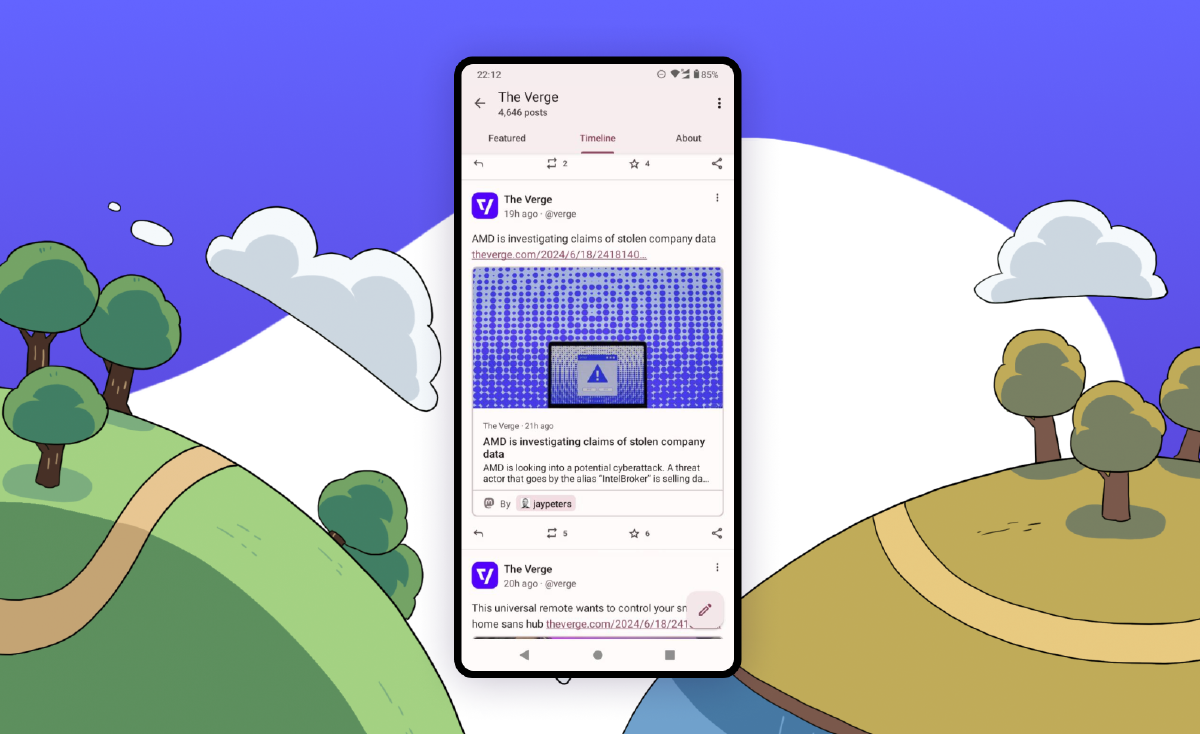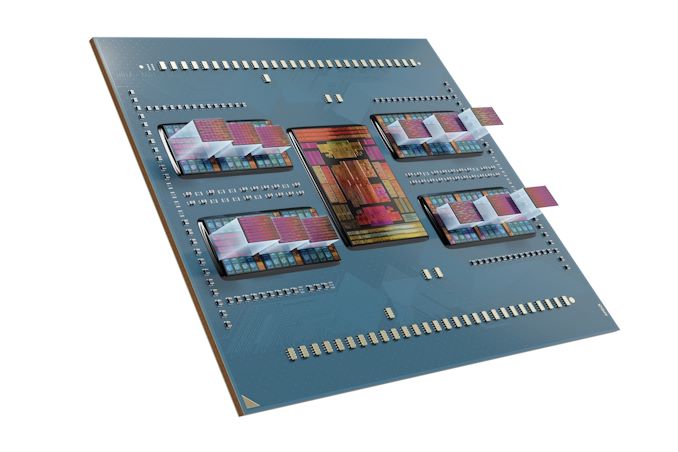- 2 Posts
- 6 Comments

 7·22 days ago
7·22 days agoI would not have expected anyone to go to ASUS’ office to press the issue. So, good on GN and hopefully will see some long-term results. But seeing how the company has a hard time acknowledging some issues such as the ROG Ally SD card one, I would not hold my breadth.

 2·3 months ago
2·3 months agoThis is what was used by Benjamin to fix David’s issue with his XPPen stylus. Here is the mail thread where this was discussed.
It’s nice to see it documented now. Hopefully this will extend the support of weird devices such as tablets and game controllers since it should allow user space to “fix” them.
I like the idea of aggregating communities. Especially if the modding tools are powerful enough. This could lead to communities being essentially curated lists of other communities. Which is great for new users to discover new communities without being overwhelmed by the unordered list of communities on the instance.
Another feature that I’d like to see is an equivalent to the mastodon’s lists, a way to aggregate communities for yourself. So that you could browse the content of communities sharing a same theme in a dedicated view.

 6·1 year ago
6·1 year agoNot only organisations, but everyone really. The eldery are already massively targeted by scammers. Now, on top of that, scammers can find a child or grandchild voice sample on some social media and use that to ask for money over the phone. Or even via video call with deep fakes. And they can do that at scale.
It looks like they are shifting their focus on lower level desktop features. And they expect flatpack to be the main way to get LibreOffice on RHEL down the line.
That makes sense IMO. Linux desktop is currently lagging behind for anything related to visual arts (design, 2D/3D arts, photo/video editing, …) because of the lack of HDR support. And this despite the great tools available on Linux (Blender, Krita).
So if they stop supporting the LibreOffice RPM, knowing there are alternatives, to focus on such features, then why not.


This looks like one of those wireguard based solution like tailscale or netbird though I’m not sure they are using it here. They all use a public relay used for NAT penetration as well as client discovery and in some instance, when NAT pen fails, traffic relay. From the usage, this seems to be the case here as well:
So this would register a “holesailMCServer420” on their relay server. The clients could then join this network just by knowing its name and the relay will help then reach the host of the Minecraft server. I’m just extrapolating from the above commands though. They could be using DHT for client discovery. But I expect they’d need some form of relay for NAT pen at the very least.
As for exposing your local network securely, wireguard based solution allow you to change the routing table of the peers as well as the DNS server used to be able to assign domain name to IPs only reachable from within another local network. In this instance, it works very much like a VPN except that the connection to the VPN gateway is done through a P2P protocol rather than trough a service directly exposed to the internet.
Though in the instance of holesail, I have heavy doubts about “securely” as no authentication seems required to join a network: you just need to know its name. And there is no indication that choosing a fully random name is enough.